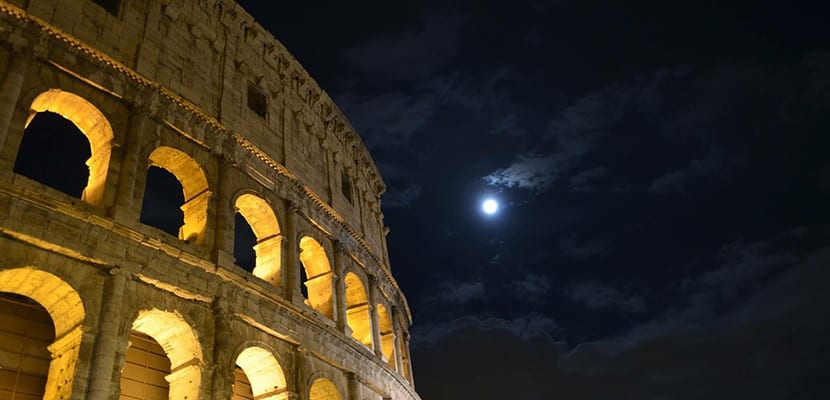
El Roman Empire spanned large areas, reaching Asia, much of Europe and Africa. What is surprising about this great work is that the Romans left traces of their passage through many sites, which are still preserved as precious Roman ruins that are already part of the historical heritage of each country.
All the Roman ruins are countless, and it is that there are amphitheaters, mosaics, temples or civil constructions in many places. But we will try to talk about some of the most important ones, and also especially those found in Spain, a country that was part of the Roman Empire entirely.
Roman ruins in the world
La extension of the Roman Empire it was very broad, encompassing areas in Asia, a large part of Europe, and places in northern Africa. That is why the ruins that are preserved are very numerous. We are going to see some of the most outstanding ones.
Pompeii city
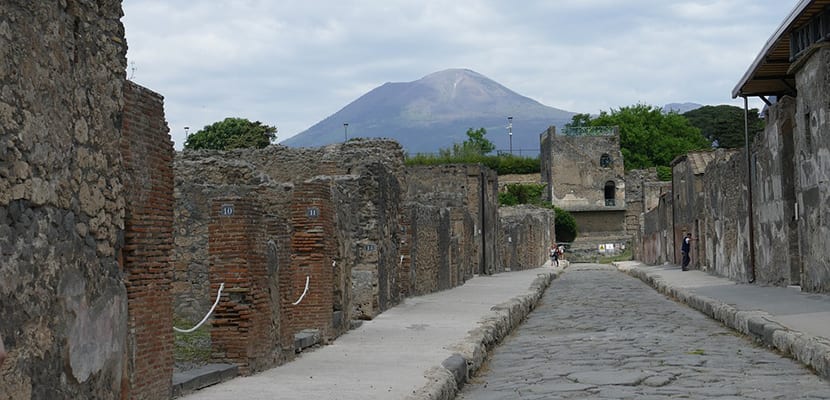
This ancient Roman city located next to Herculaneum it was buried after the sudden eruption of Vesuvius in 79. The curious thing is that this mantle that covered the city also preserved it in quite good condition, as well as the silhouettes of some inhabitants who were surprised by the eruption. That is why it is one of the most famous ruins and that you have to visit. In the city you can also see the Temple of Jupiter, the Macellum, which is the food market, the Basilica or the Temple of Apollo.
Ruins in Rome
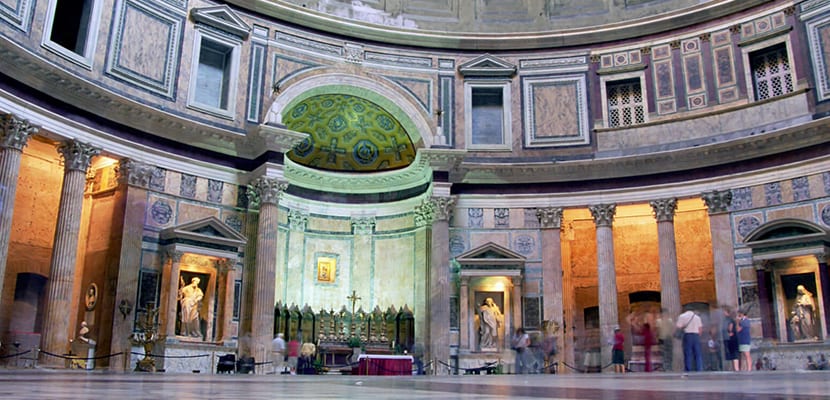
Rome was the epicenter of the empire, making it the city in which the most ruins are preserved. The ruins of Rome are many and a visit to this city is a must. From the famous Colosseum where the shows to the Roman Forum or the beautifully preserved Pantheon were held.
Roman Theater of Orange
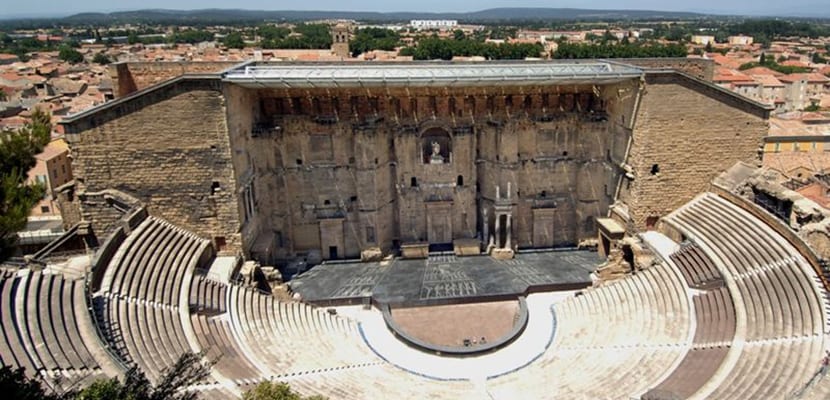
There are many Roman theaters that are still standing but the one in Orange in France is one of the best preserved in the world. It dates from the XNUMXst century, under the reign of Emperor Caesar Augustus. You can still enjoy the cavea, where the spectators sat, as well as the wall of the scenic facade, which is preserved with many details.
Hadrian's Wall
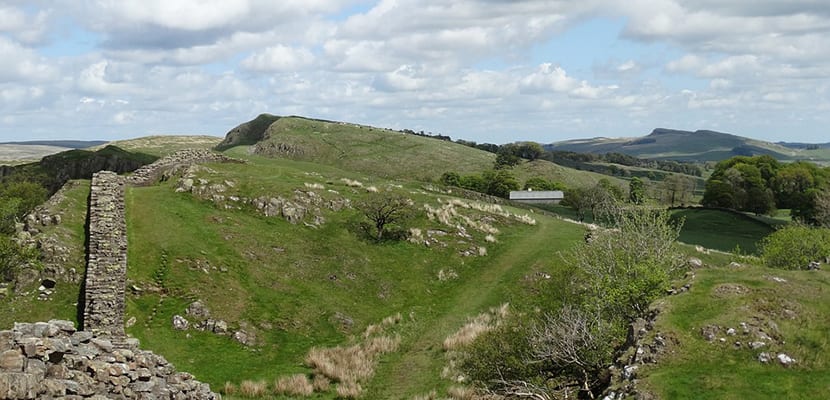
This wall was a defensive construction of the Romans raised by order of the emperor Hadrian to defend the empire of Britain from the tribes of the Picts. The wall was built over 117 kilometers from the Gulf of Solway to the estuary of the River Tyne.
Bath Spa
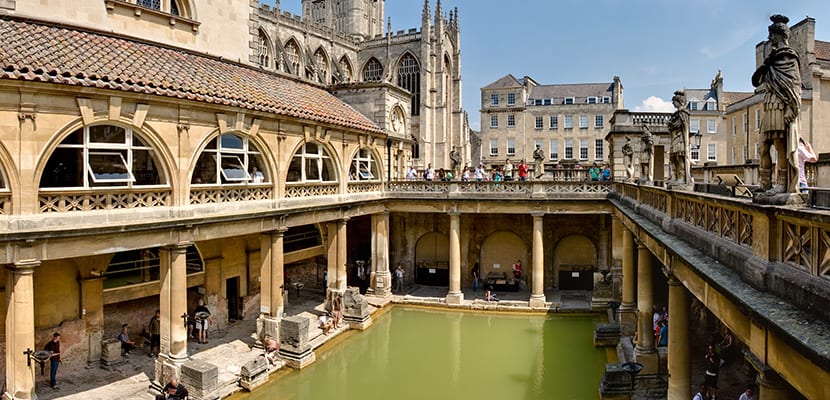
All the Roman Baths of Bath in England They are part of its heritage and it is a very visited place. This town is famous for its spas and apparently it was also famous in Roman times. Today there is a building around what is preserved from the old Roman spa. The base is the oldest, everything else is a reconstruction but it is worth visiting.
Diocletian Palace in Split
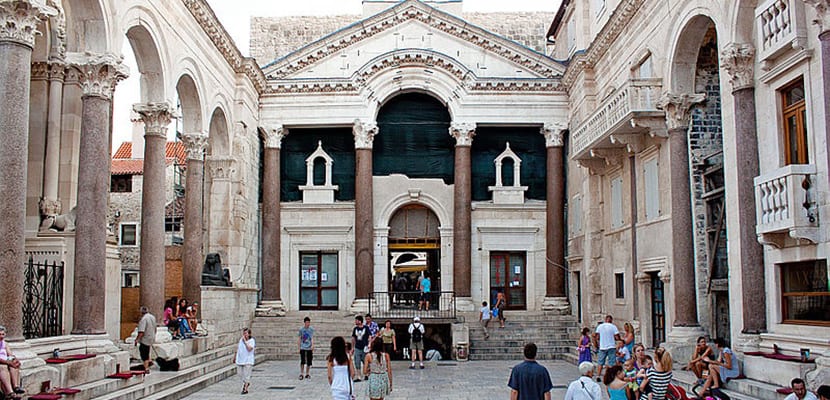
This palace was ordered to be built by Diocletian in Split, Croatia, to spend his retirement days in the XNUMXrd century. However, it was designed as a fortress, with walls, gates and watchtowers. This palace is currently the center of the city.
Roman ruins in Spain
Spain was part of the Roman Empire in its entirety, so there are many different ruins throughout its geography. We will see the most important ones.
Lugo Walls
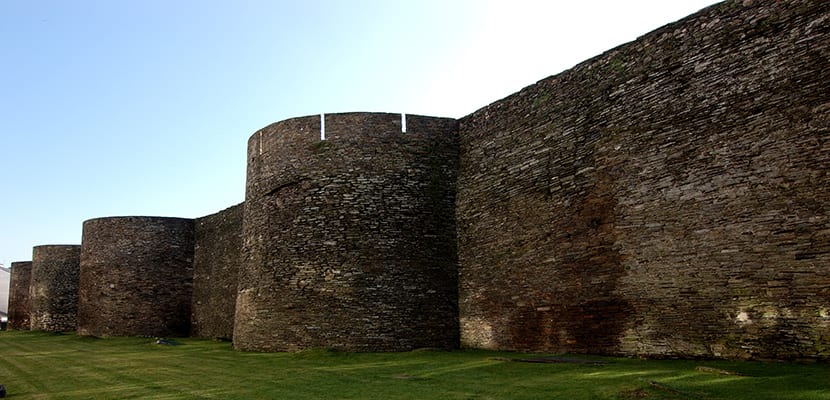
This wall surrounds the historic area of the city of Lugo located in Galicia, north of Spain. Here stood the ancient Roman city Lucus Augusti. It was declared a World Heritage Site and today the wall is integrated into the city, with numerous gates that link the new area with the historic one and a walkway that is used as another street to walk through.
Merida Theater
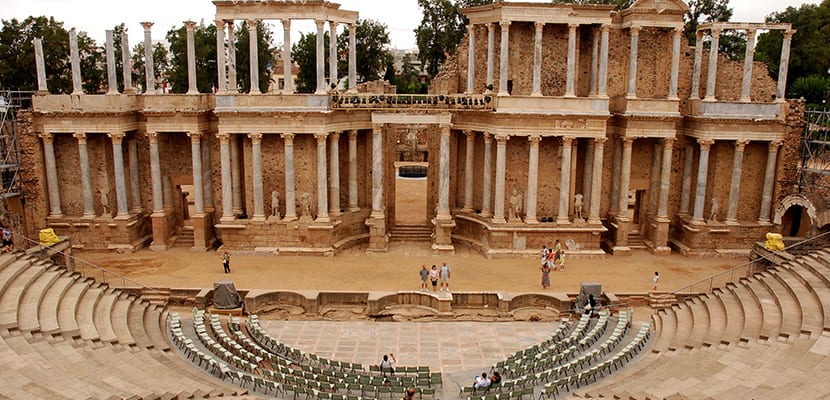
The Mérida Theater is one of the best preserved in the Peninsula. In the area where the theater is preserved you can also see other ruins and remains of ancient mosaics. It is a place that was not excavated and recovered until the beginning of the XNUMXth century.
Claudia Baelo
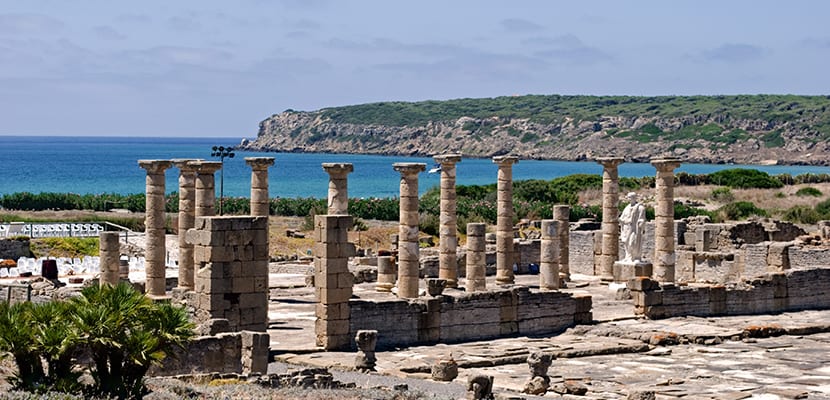
This Roman archaeological site is located next to the well-known Bolonia beach in Cádiz, Andalusia. It is an ancient Roman coastal city of which these remains are still preserved. Apparently the city had already been born in the second century BC. Today there is a visitor reception center and a museum where you can see the model of the reconstruction of the city.
Aqueduct of Segovia
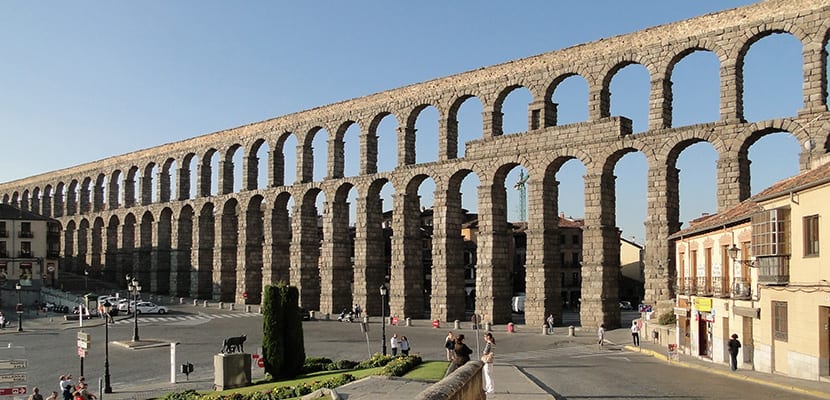
This famous and well preserved aqueduct is already an authentic symbol of Segovia. It was used to bring water from the mountains to the city of Segovia. The construction dates from the 15nd century and covers XNUMX kilometers, but the best known part is the one that reaches the city center.